
In a survival scenario, the ability to establish a sustainable food source is crucial for long-term survival. This article explores the strategies and techniques you can employ to ensure a continuous and reliable food supply, even in the most challenging circumstances. From utilizing natural resources to learning essential survival skills, this guide will equip you with the knowledge and tools needed to establish a sustainable food source, ensuring your survival in any survival scenario.
Planning for a Sustainable Food Source
Planning for a sustainable food source in a survival scenario is crucial for ensuring the long-term well-being and survival of yourself and others. To begin this process, you must first assess the environment and available resources, determine the number of people you need to feed, and set clear objectives and goals.
Assessing the Environment and Resources
Before establishing a sustainable food source, it is essential to assess the environment and available resources. This includes evaluating the climate, soil conditions, and water availability in your area. Understanding the unique characteristics of your environment will help you determine what types of crops and livestock are most suitable for sustainable production.
Additionally, you should also identify any natural food sources that already exist in your surroundings, such as edible plant species, wild fruits, nuts, and vegetables. Taking stock of these resources will allow you to maximize their potential and reduce reliance on external food sources.
Determining the Number of People to Feed
Next, it is crucial to determine the number of people you need to feed in order to establish a sustainable food source successfully. This includes considering the dietary requirements and food needs of each individual. By accurately assessing the number of people you need to provide for, you can better plan and allocate your resources for optimal food production.
Setting Clear Objectives and Goals
Clear objectives and goals are essential for effectively planning and implementing a sustainable food source. Begin by setting specific, measurable, achievable, relevant, and time-bound (SMART) goals that align with your long-term vision. These goals may include targets for crop yields, livestock production, or the development of alternative food sources such as aquaponics or hydroponics. By defining clear objectives, you can track your progress and make informed decisions to ensure the sustainability of your food production efforts.
Utilizing Natural Food Sources
When establishing a sustainable food source in a survival scenario, it is crucial to utilize natural food sources that exist in your environment. By identifying edible plant species, foraging for wild fruits, nuts, and vegetables, and fishing and hunting for protein, you can supplement your food production efforts and diversify your diet.
Identifying Edible Plant Species
Knowledge of edible plant species is essential for survival. Learn about the native plants in your area and understand their nutritional value and preparation methods. Some common edible plants include dandelions, chickweed, and stinging nettle. By incorporating these plants into your diet, you can increase the variety of nutrients and minimize reliance on cultivated crops.
Foraging for Wild Fruits, Nuts, and Vegetables
Foraging for wild fruits, nuts, and vegetables can provide additional sustenance and diversity to your diet. Familiarize yourself with the local flora and learn to identify edible wild fruits such as berries and crabapples. Nuts from trees like walnuts and hazelnuts are also excellent sources of protein and healthy fats. Additionally, various wild vegetables such as ramps and mustard greens can be found in certain regions and can enhance the nutritional value of your meals.
Fishing and Hunting for Protein
Protein is a vital component of a well-balanced diet, and fishing and hunting can provide an excellent source of this macronutrient. Learn about local fishing techniques, such as setting up simple traps or constructing a basic fishing rod. Depending on your environment, consider learning how to hunt small game or trap animals for sustenance. By incorporating fishing and hunting into your food production efforts, you can ensure a steady supply of nutritious protein.
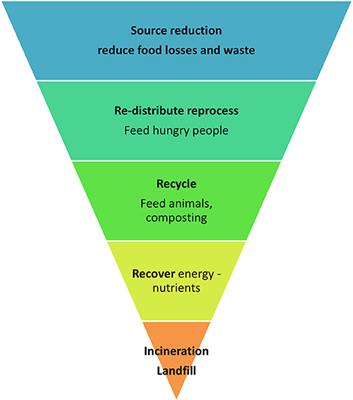
This image is property of www.frontiersin.org.
Establishing a Garden
Creating and maintaining a garden is a fundamental component of establishing a sustainable food source. To do so effectively, you should focus on selecting the right location, preparing the soil, and choosing suitable crops.
Selecting the Right Location
When selecting a location for your garden, consider factors such as sunlight exposure, soil quality, and proximity to a water source. Most vegetables require a minimum of six hours of sunlight per day, so choose an area that receives adequate sunlight. Additionally, test the soil for its fertility and ability to hold moisture. Avoid areas prone to flooding or with poor drainage.
Preparing the Soil
Once you have chosen a suitable location, preparing the soil is essential to ensure optimal plant growth and yield. Start by removing any weeds, rocks, or other debris from the area. Mix in organic matter such as compost or well-rotted manure to improve soil structure and nutrient content. Aim for a loose, crumbly texture that allows roots to penetrate easily and retains moisture.
Choosing Suitable Crops
The selection of suitable crops is critical for maximizing food production in your garden. Consider the growing conditions in your area and choose crops that thrive in those conditions. It may be helpful to consult local agricultural extension services or knowledgeable individuals in your community for guidance on suitable crops. Focus on growing a mix of vegetables, fruits, and herbs to ensure a diverse and nutritious harvest.
Implementing Permaculture Practices
Permaculture practices offer a sustainable and regenerative approach to food production. By creating a food forest, utilizing companion planting, and installing a composting system, you can enhance the sustainability and productivity of your food source.
Creating a Food Forest
A food forest mimics the structure and function of a natural forest ecosystem, combining trees, shrubs, vines, and groundcovers to create a diverse and productive food system. By carefully selecting and planting a variety of edibles, you can create a self-sustaining ecosystem that provides an abundance of food with minimal maintenance. Food forests offer multiple benefits, including increased biodiversity, protection against pests and diseases, improved soil health, and reduced water usage.
Utilizing Companion Planting
Companion planting involves grouping plants together based on their mutually beneficial relationships. For example, planting nitrogen-fixing legumes like beans or peas alongside nutrient-demanding crops can enhance soil fertility. Similarly, growing aromatic herbs like basil or rosemary near susceptible plants can deter pests. Take advantage of companion planting to increase crop productivity, decrease the need for synthetic inputs, and promote a healthy ecosystem within your garden.
Installing a Composting System
A composting system is a valuable asset for any sustainable food production endeavor. By recycling organic waste, such as kitchen scraps and garden clippings, you can create nutrient-rich compost to enrich your soil. Establishing a composting system involves choosing a suitable container or composting method, balancing green and brown materials, and ensuring proper aeration and moisture levels. Compost not only enhances soil fertility but also helps retain moisture, promotes beneficial microbial activity, and reduces the need for synthetic fertilizers.
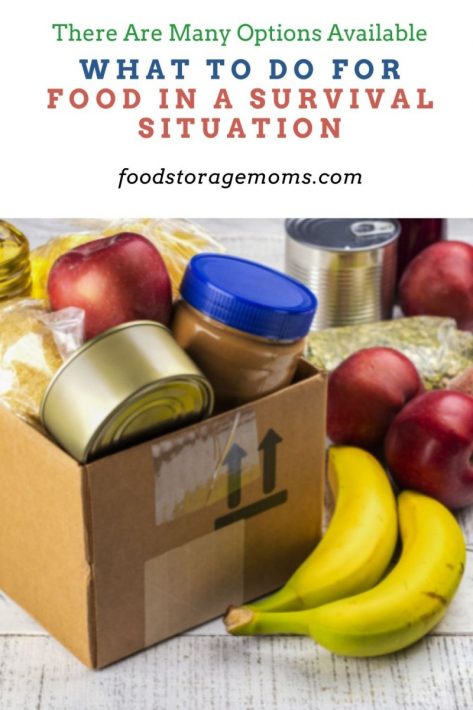
This image is property of www.foodstoragemoms.com.
Raising Livestock
Raising livestock can significantly contribute to a sustainable food source. By selecting appropriate livestock breeds, providing suitable shelter and security, and managing feeding and watering practices, you can incorporate animal husbandry into your food production system.
Selecting the Appropriate Livestock
When selecting livestock for your sustainable food source, consider factors such as available space, climate compatibility, and dietary requirements. Depending on your circumstances, options may include chickens for eggs and meat, rabbits for meat production, or goats for milk and meat. Take the time to research suitable breeds and ensure you have the necessary resources and knowledge to care for the chosen animals properly.
Providing Shelter and Security
Livestock require adequate shelter and security to thrive. Construct or repurpose structures such as coops or hutches that provide protection from the elements and predators. Ensure proper ventilation and bedding for the comfort and health of your animals. Additionally, implement measures to safeguard against theft or escape, such as sturdy fencing and secure enclosures.
Managing Feeding and Watering
Proper feeding and watering practices are essential for the health and productivity of your livestock. Provide a balanced diet that meets the nutritional needs of each animal. Whenever possible, incorporate locally sourced and sustainable feed options to minimize reliance on external resources. Ensure access to clean water at all times and establish a reliable system for regular replenishment. Regular monitoring and adjustment of feeding and watering practices will help maintain animal health and optimize productivity.
Water Management
Water is a critical resource in sustainable food production. By implementing strategies for collecting and storing rainwater, building irrigation systems, and utilizing drip irrigation, you can conserve and efficiently utilize this precious resource.
Collecting and Storing Rainwater
Collecting and storing rainwater provides a sustainable and reliable source of irrigation water. Consider installing rain barrels or larger storage tanks to capture rainwater from rooftops or other surfaces. Implement a gutter system to direct the flow of water towards your storage containers. Use this collected water during dry periods to supplement your plants’ watering needs, reducing reliance on municipal or groundwater sources.
Building Irrigation Systems
Building an irrigation system is an effective method for distributing water efficiently and evenly throughout your garden or farming area. Consider different irrigation techniques, such as flood irrigation, sprinkler systems, or drip irrigation. Drip irrigation is particularly water-efficient as it delivers water directly to the plant roots, minimizing evaporation and runoff.
Implementing Drip Irrigation
Drip irrigation is a precise and water-efficient method of delivering water directly to plant roots. This method involves the use of hoses or tubes with small emitters that release water slowly and consistently. By providing water precisely where it is needed, drip irrigation minimizes water waste and ensures that plants receive the necessary moisture for optimal growth. Drip irrigation systems can be easily installed in gardens, fields, or even vertically in vertical farming systems.
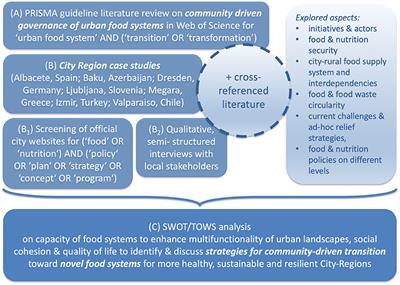
This image is property of www.frontiersin.org.
Utilizing Aquaponics and Hydroponics
Aquaponics and hydroponics offer alternative methods of food production that are particularly suitable for limited space or challenging environments. By understanding aquaponics, setting up an aquaponics system, and exploring hydroponics, you can diversify your food production methods and increase efficiency.
Understanding Aquaponics
Aquaponics is a symbiotic system that combines aquaculture (fish farming) and hydroponics (soil-less plant cultivation). In an aquaponics system, nutrient-rich water from fish tanks is pumped to grow beds where plants are cultivated. The plants absorb the nutrients, filtering the water, which is then recirculated back to the fish tanks. This closed-loop system minimizes water usage and eliminates the need for synthetic fertilizers. By implementing aquaponics, you can produce both fish and vegetables in a mutually beneficial and resource-efficient manner.
Setting up an Aquaponics System
To set up an aquaponics system, you will need a fish tank, a grow bed or beds, and a water pump to circulate the water. Start by selecting appropriate fish species that are compatible with the climate and available space. The waste produced by the fish will provide the nutrients for the plants. Choose suitable plants that can thrive in the aquaponics environment, taking into consideration the specific nutrient requirements and growing conditions. Proper monitoring and maintenance of water quality are essential to ensure the health of both fish and plants.
Exploring Hydroponics as an Alternative
Hydroponics is a soil-less method of growing plants that relies on nutrient-rich water solutions. In hydroponics, plants are held in a growing medium such as perlite or coconut coir, and their roots are directly submerged or constantly bathed in the nutrient solution. Hydroponic systems offer precise control over growing conditions and have the advantage of conserving water compared to traditional soil-based cultivation. Consider exploring hydroponics as an alternative or complement to traditional farming methods, especially in areas with limited access to fertile soil or water resources.
Utilizing Food Preservation Methods
In a survival scenario, it is crucial to preserve food for long-term consumption. By employing canning and bottling, drying and dehydrating, and fermenting and pickling techniques, you can extend the shelf-life of perishable foods and ensure a continuous food supply.
Canning and Bottling
Canning and bottling are traditional preservation methods that involve sealing food in airtight containers to prevent spoilage. The most common method is boiling jars of food in a water bath or pressure canner to kill bacteria and create a vacuum seal. Fruits, vegetables, and even meats can be processed through canning and bottling. This preservation technique allows for long-term storage of food without the need for refrigeration.
Drying and Dehydrating
Drying and dehydrating food is an ancient preservation method that removes moisture from food, inhibiting the growth of bacteria, yeast, and molds. This process involves exposing food to low heat or air circulation until its moisture content reaches a safe level for storage. Dehydrated foods can be stored for extended periods and are lightweight, making them ideal for survival scenarios. Fruits, vegetables, herbs, and even meats can be successfully dried and rehydrated when needed.
Fermenting and Pickling
Fermenting and pickling are preservation techniques that use natural fermentation processes to extend the shelf life of food. Fermentation involves the conversion of sugars and carbohydrates into alcohol, acid, or gases by beneficial microorganisms. This process not only preserves food but also adds unique flavors and enhances the nutritional value. Examples of fermented foods include sauerkraut, kimchi, and pickles. These preserved foods can be an excellent source of probiotics and nutrients during times when fresh produce is scarce.
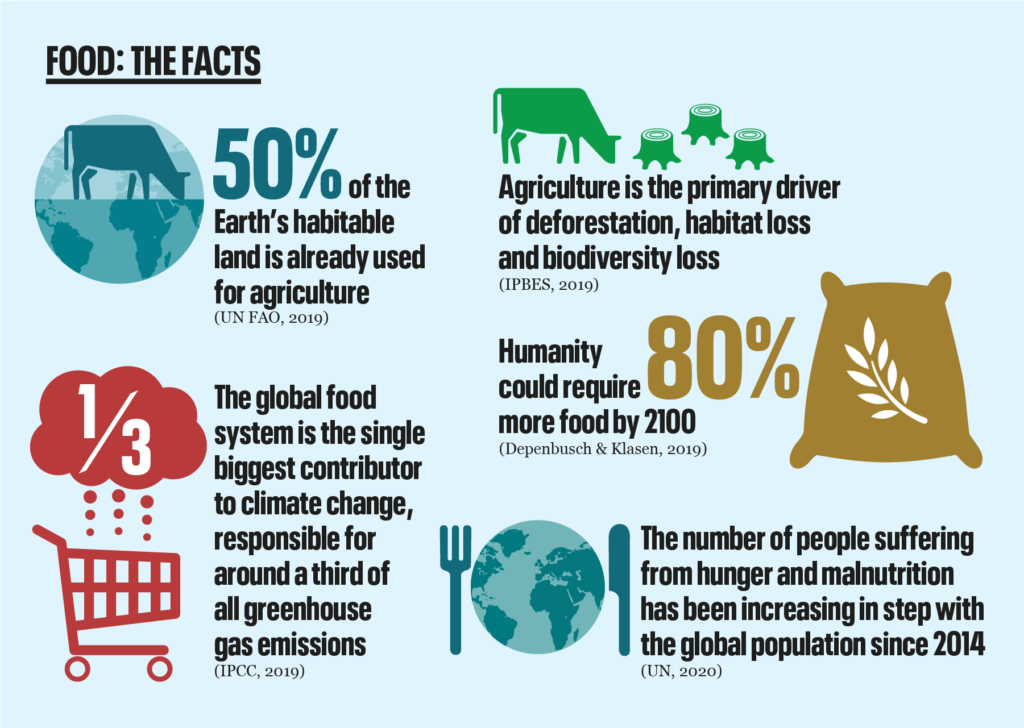
This image is property of populationmatters.org.
Ensuring Optimal Food Safety and Hygiene
Maintaining optimal food safety and hygiene practices is crucial to prevent foodborne illnesses and ensure the well-being of yourself and others in a survival scenario. Implement proper food storage techniques, practice safe food handling and preparation, and establish efficient waste disposal methods to minimize health risks.
Implementing Proper Food Storage
Proper food storage is essential to prevent spoilage and the growth of harmful microorganisms. Establish a designated area for food storage that is cool, dry, and well-ventilated. Use airtight containers to store dried foods, grains, and other non-perishable items. Refrigerate or freeze perishable foods promptly to prevent bacterial growth. Regularly inspect stored food for signs of spoilage or pests and discard any items that appear compromised.
Practicing Safe Food Handling and Preparation
Safe food handling and preparation techniques are critical to prevent food contamination and the transmission of foodborne illnesses. Wash hands thoroughly with soap and clean water before handling food. Separate raw and cooked foods to prevent cross-contamination. Cook food to appropriate temperatures to ensure it is safe to eat. Use clean utensils and surfaces when preparing meals. Additionally, practice proper personal hygiene to minimize the risk of introducing pathogens into the food preparation process.
Ensuring Waste Disposal
Efficient waste disposal is necessary to maintain cleanliness and hygiene in your food production system. Establish a waste management system that properly disposes of food scraps, organic waste, and other refuse. Compost suitable organic materials to create nutrient-rich soil amendments. Proper disposal of waste reduces the risk of attracting pests and promotes a healthy environment for food production.
Continual Learning and Adaptation
Establishing a sustainable food source is an ongoing process that requires continual learning and adaptation. Seek knowledge and training to enhance your skills, experiment with different techniques, and adapt your practices based on trial and error. Furthermore, consider creating a community of experts by connecting with like-minded individuals or joining local farming or gardening groups. Sharing experiences and knowledge can enrich your understanding and create a supportive network of individuals who can collaborate and offer guidance.
In conclusion, planning for a sustainable food source in a survival scenario requires assessing the environment, determining the number of people to feed, and setting clear objectives. Utilizing natural food sources and establishing a garden can supplement your food production efforts. Implementing permaculture practices, raising livestock, managing water resources, utilizing aquaponics and hydroponics, and employing food preservation methods are all essential for long-term food sustainability. Additionally, ensuring optimal food safety and hygiene practices and continually learning and adapting will help you maintain a successful and sustainable food source, even in challenging circumstances.
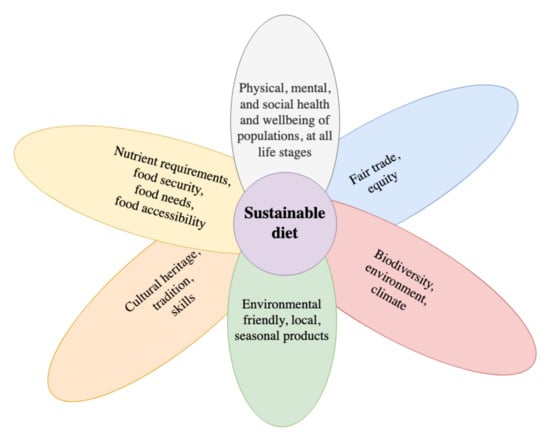
This image is property of www.mdpi.com.







